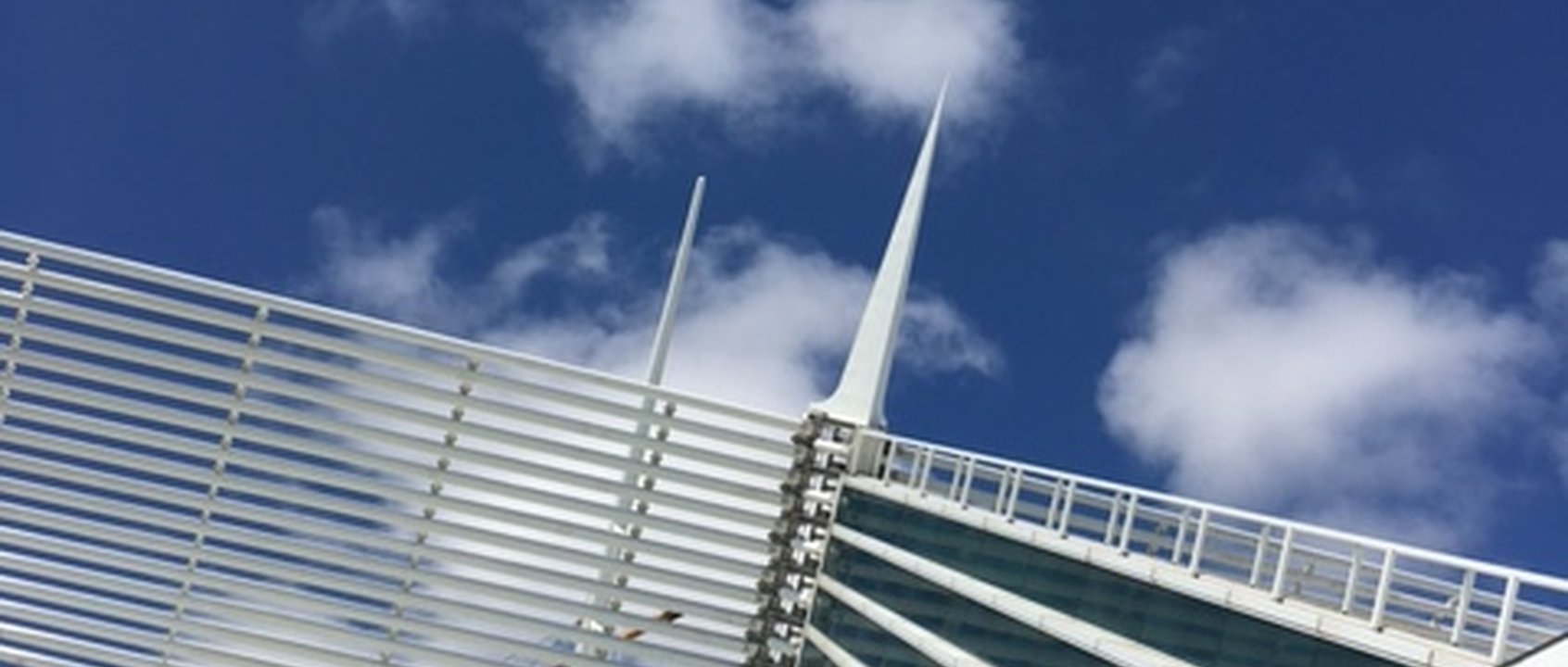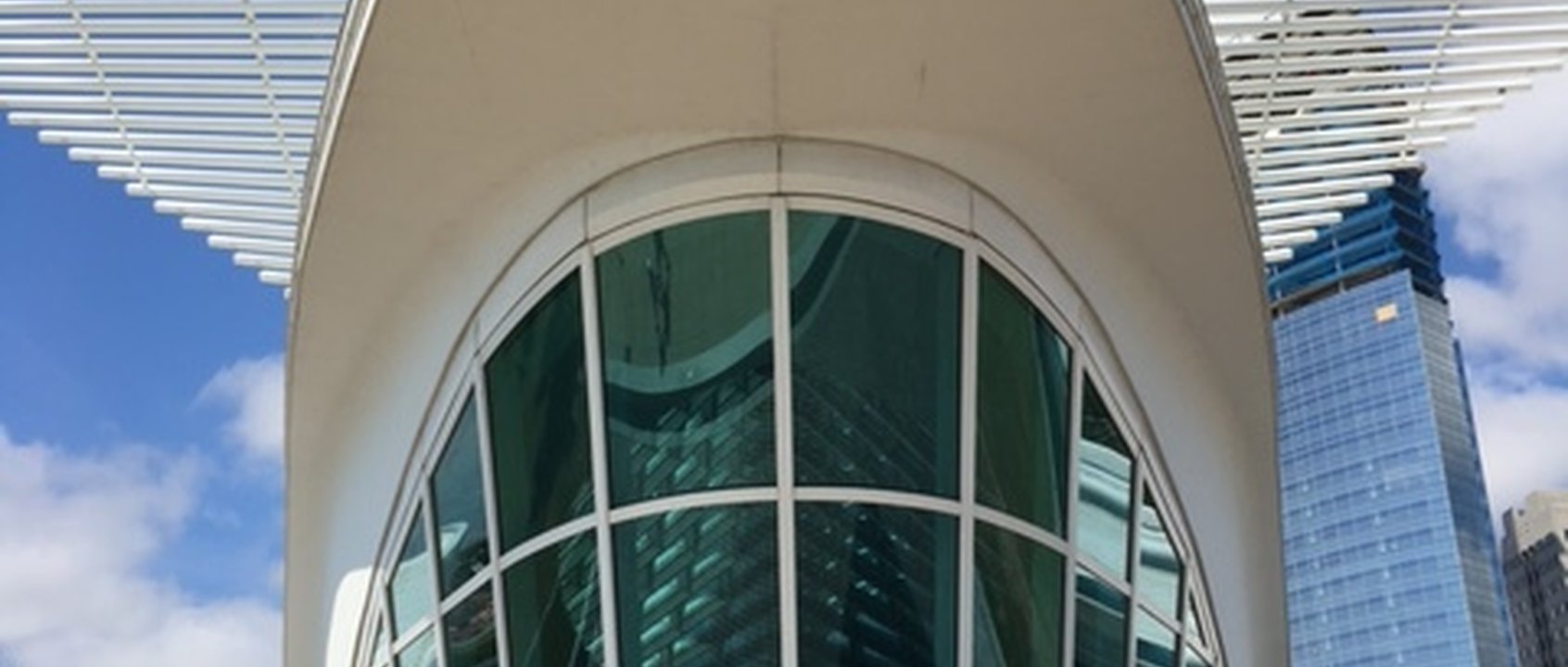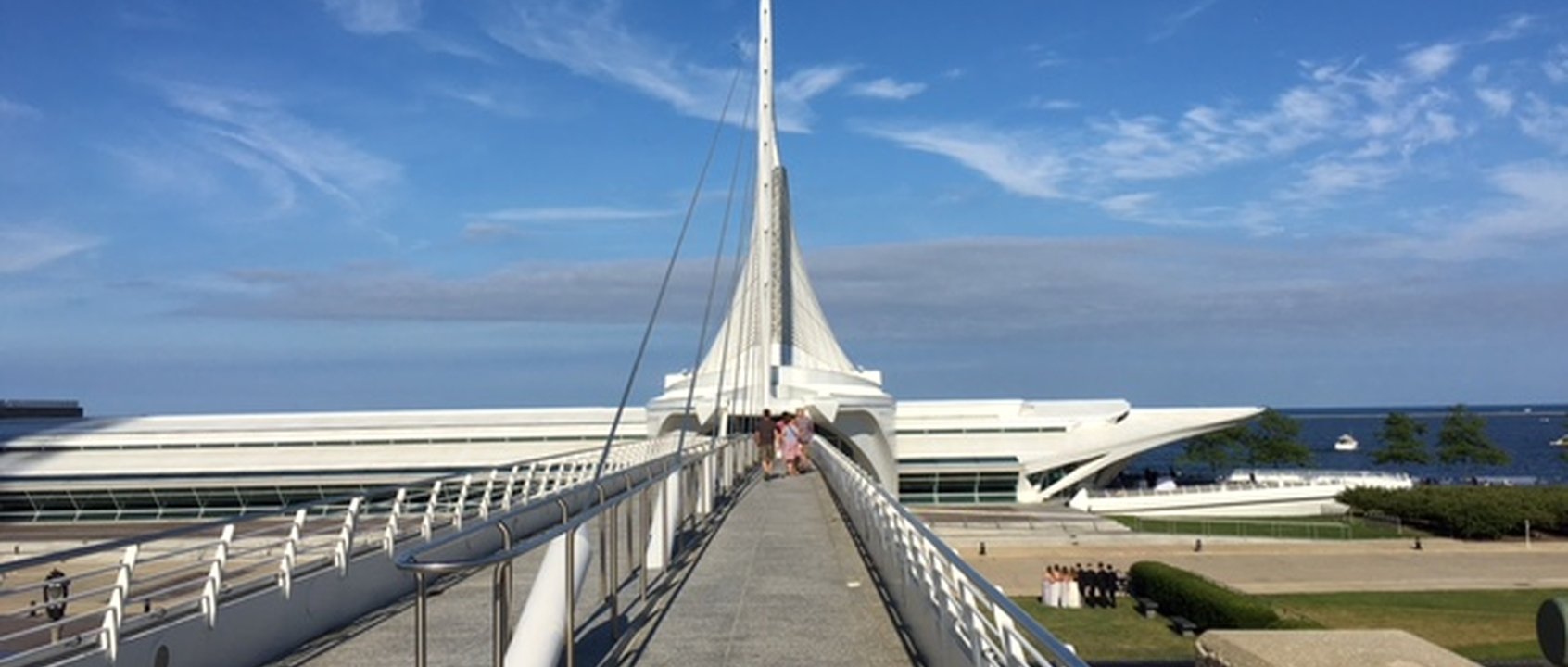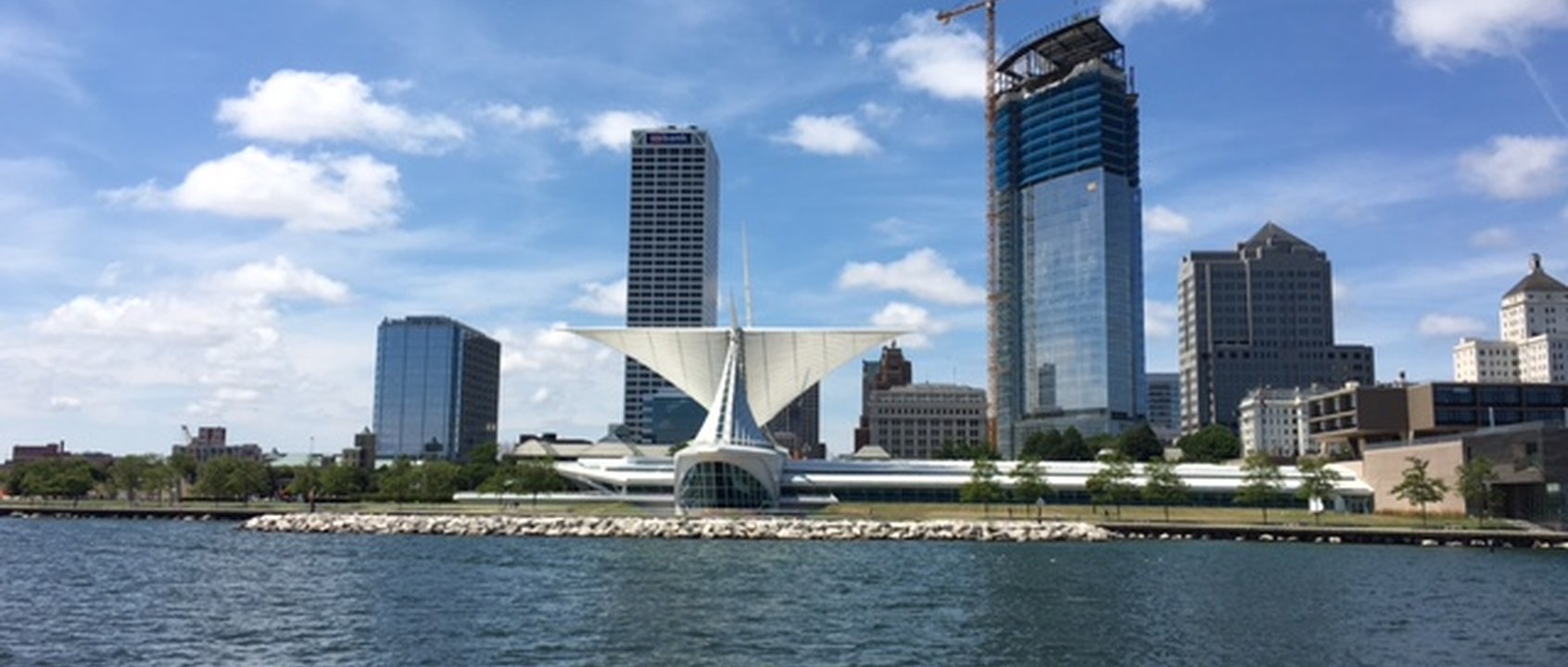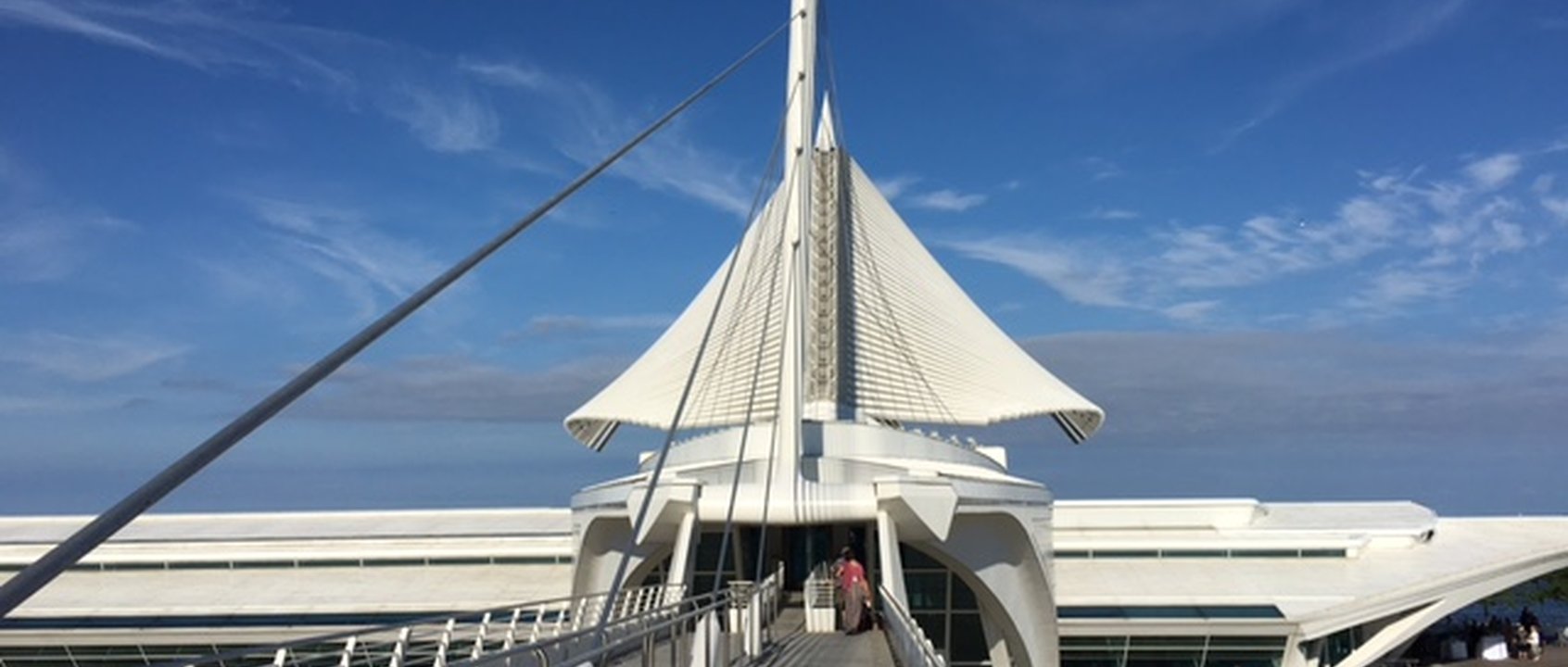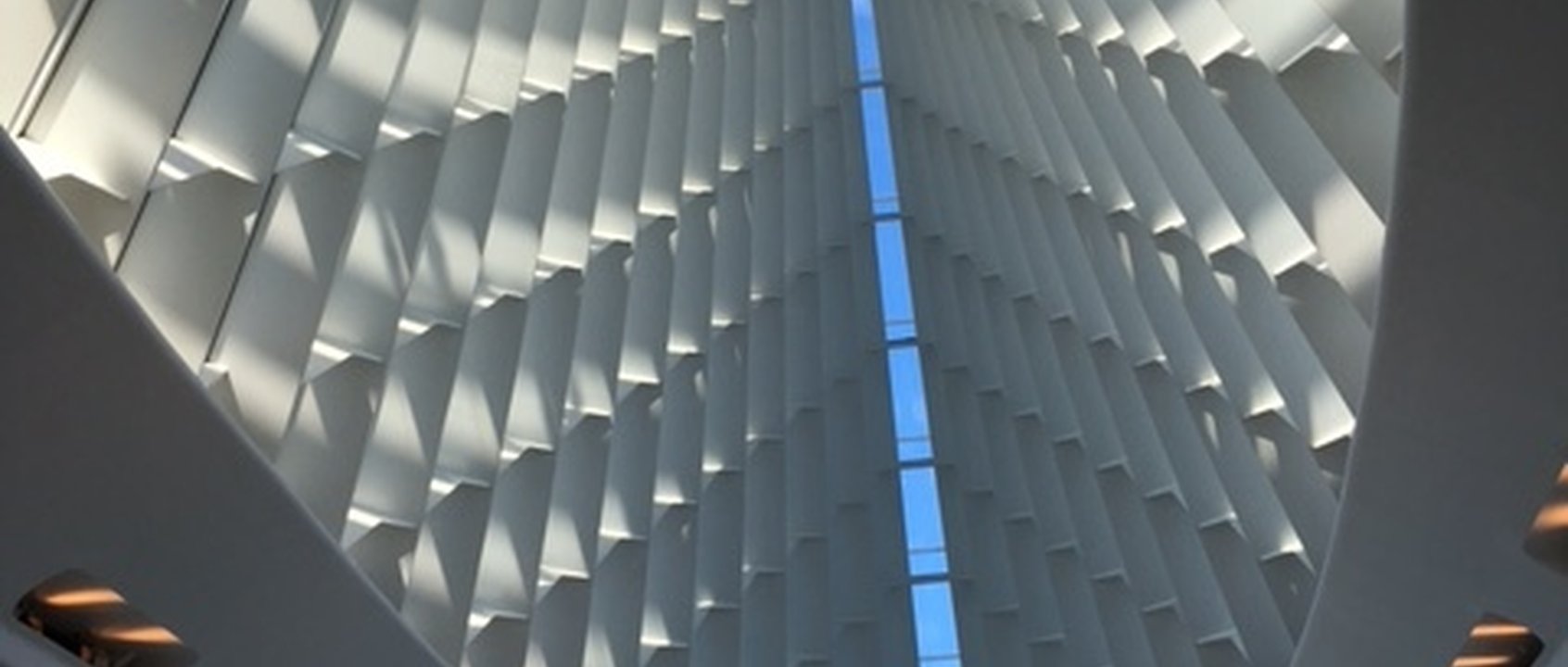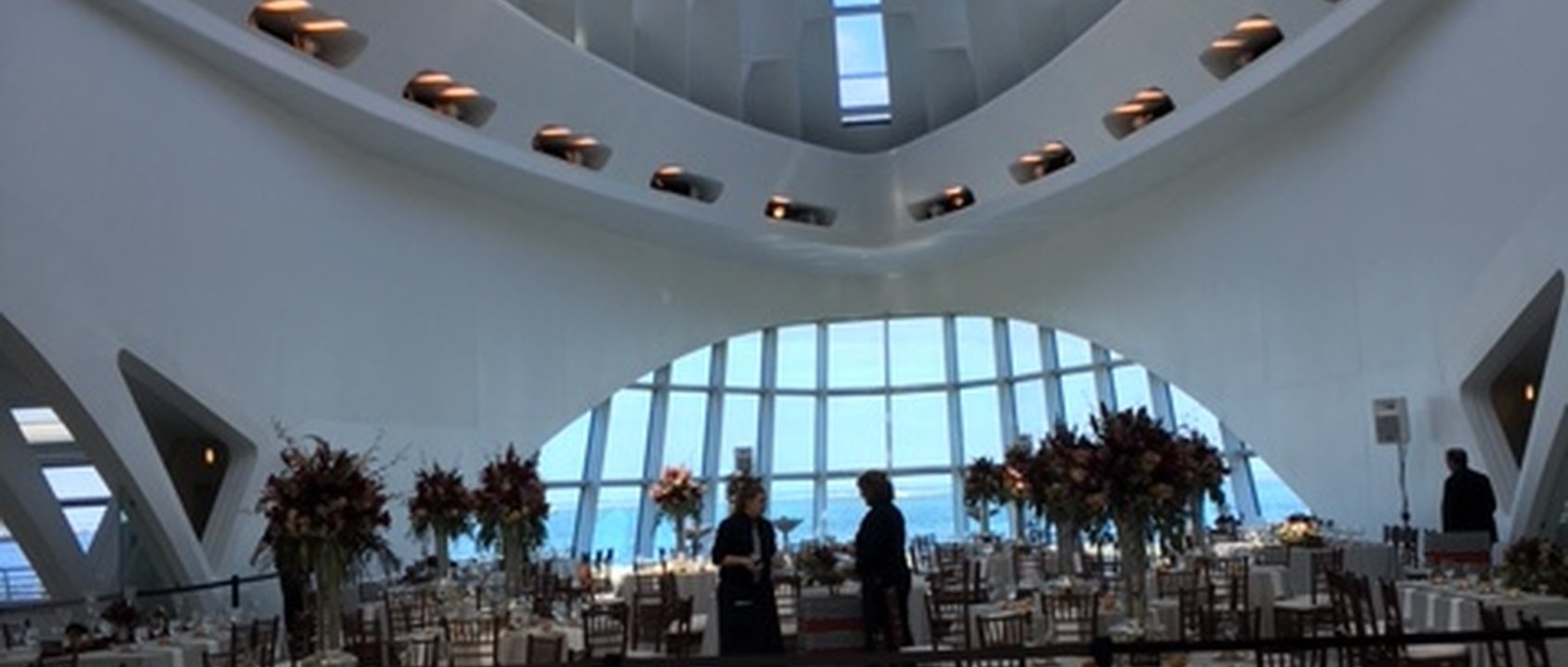Milwaukee is a marvelous place. An impressive line-up of events attracts massive crowds to the “City of Festivals” on the shores of Lake Michigan. The city is alive with cultural celebration, waterfront activity and unexpectedly extraordinary architecture.
I experienced Milwaukee for the first time this past summer. I didn’t expect to see a building that moved there. What’s more, I didn’t expect to be moved by a building.
The Milwaukee Art Museum, established in 1882, is one of the nation’s largest art museums with nearly 25,000 works. The Quadracci Pavilion was added in 2001 by Spanish architect Santiago Calatrava. My first encounter with the museum was during a morning run heading north along Lake Michigan on Oak Leaf Trail. The building’s nautical white steel and concrete form appears to plow toward Lake Michigan like the bow of a great ship.
It takes a significant distraction to break my stride. With the great lake lapping at the rocks just behind me, I had to pause to take in the view toward the “bow” of this building. Upon closer inspection, I realized that the graceful “wings” that flanked this great ship were indeed mechanical. I continued on with the relief that I’d have an opportunity to get a closer look at this masterpiece during my cousin’s wedding reception, to be held within the Quadracci Pavilion’s Windhover Hall that very evening.
As the day progressed I took some time to learn a little more. The “Burke Brise Soleil” is a monumental sunshade system that unfolds and folds over the 90’ high, cathedral-like, Windhover Hall beneath. The Brise Soleil brings a contrastingly organic element to what is otherwise a very precise structure, like sails to a fine ship. The wingspan is 217’ wide, comparable to that of a 747. Two ultrasonic wind sensors automatically close the wings when wind speeds are measured at 23 mph or better. The wings open at 10am, signaling that the museum is open for visitors, and close at 5pm when the doors close. They open and close once at 12noon every day and also for special occasions. Calatrava’s design is a fantastic blend of architecture, sculpture, engineering, arts and entertainment.
As we took our first steps across the Reiman suspension bridge leading from the city toward the museum that evening, I smiled. The wings were just beginning to open in honor of the celebration about to take place within. We stood on the bridge with a perfectly aligned perspective and watched the wings rise. Like a “happening” or a fountain or light show, passersby stopped in their tracks to watch the wings raise in perfect unison. For a few minutes, we watched the building come to life, and felt uplifted.
Windhover Hall’s dramatically high ceilings and sculptural interior created an otherworldly setting for the party that evening. Hours of dining and dancing were followed by Milwaukee-style fireworks on the Baumgartner Terrace. At the end of the night, we started to make our way back across the bridge into town, and turned to watch the wings close. As the building went to sleep, the gesture seemed to wish the bride and groom a good night.
Click here to see the full video.
Article by Jeanne M. Muscolino, LEED AP

